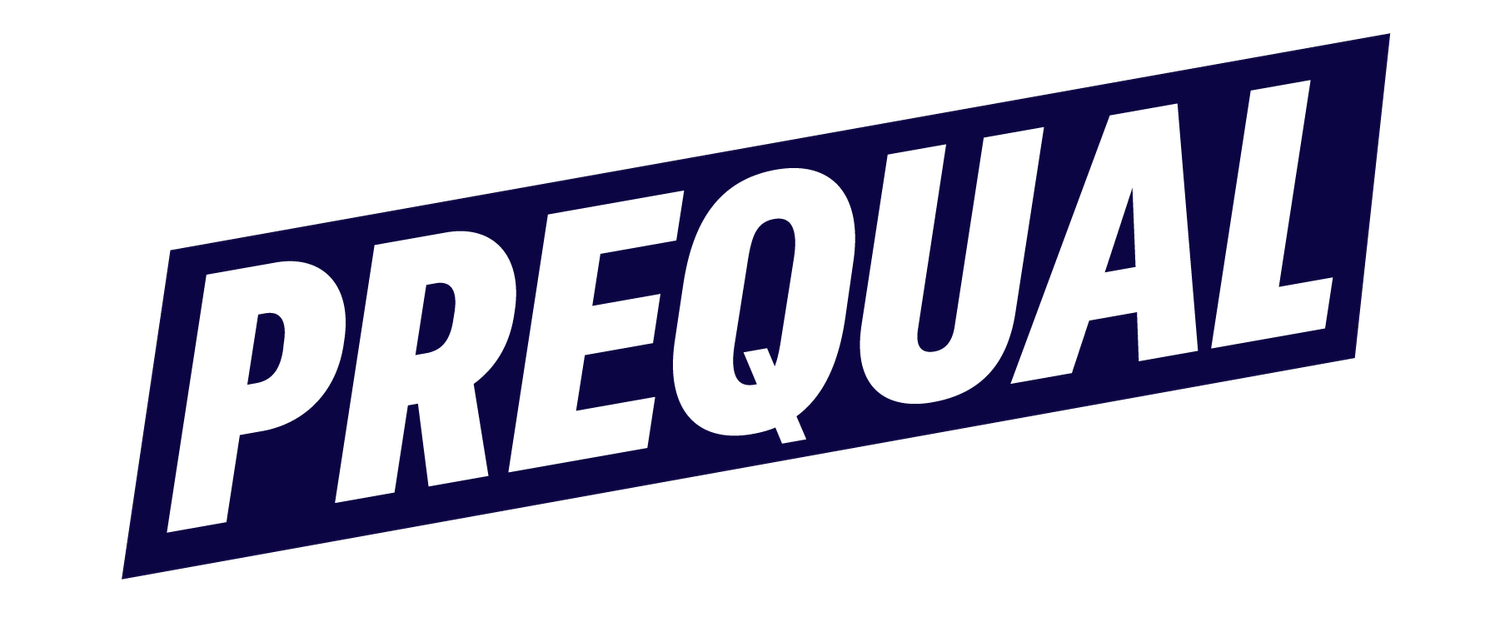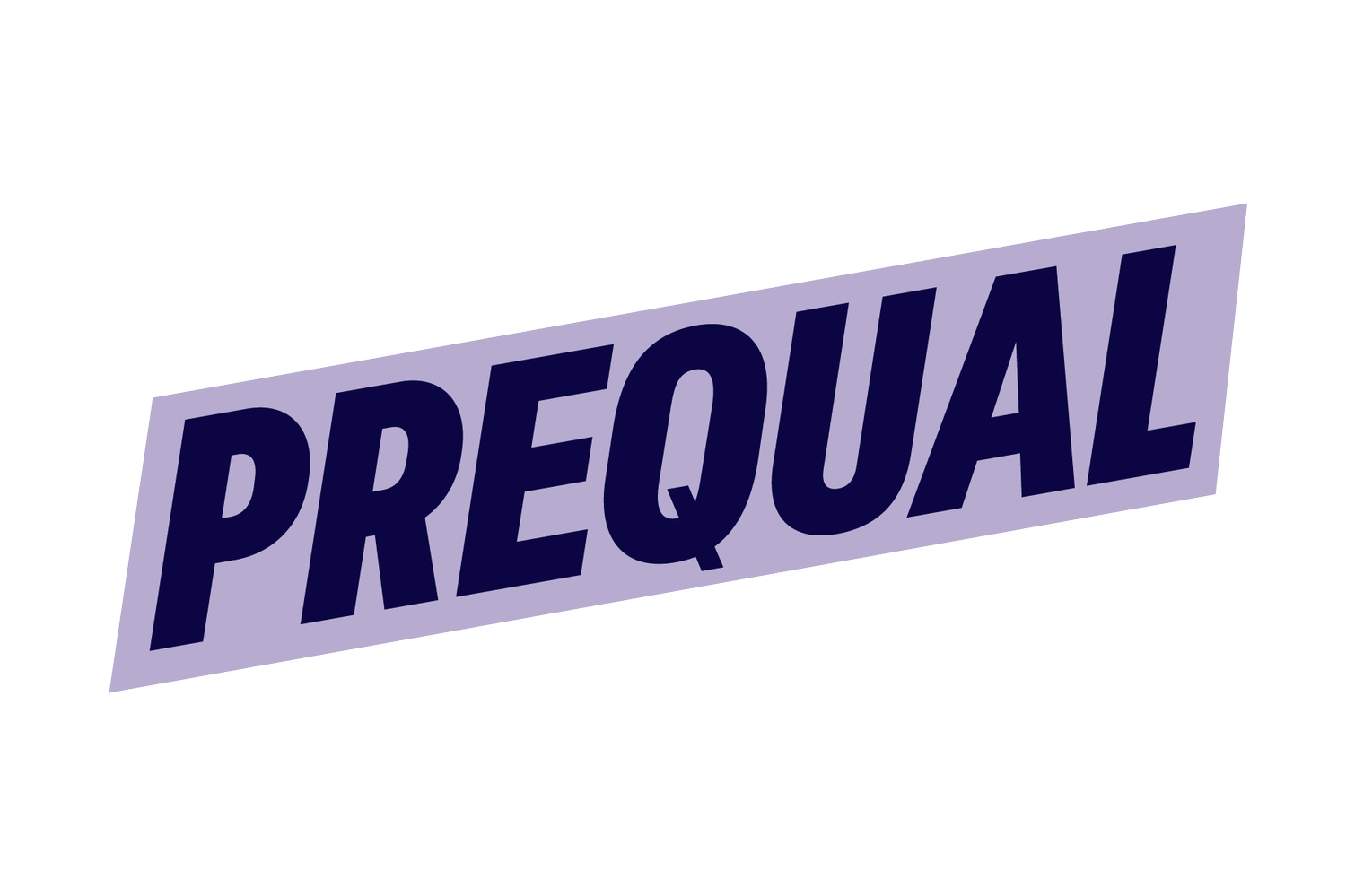Operationalizing Your Company’s Client Experience Program
There are a million versions of what defines an experience. Accordingly, different expectations of what makes a good experience; thus, experience programs are often rendered ineffective and immeasurable because of this basic conflict of perspective.
What does that even mean?
Take, for example, the annual client appreciation event that is both laborious yet an anticipated touchpoint for your customers/clients. Is planning and running that event the responsibility of the Client Experience (“CX”) team?
Also, do you believe the benefits that your company offers help attract and retain employees? If so, does benefit selection then fall under the umbrella of employee experience (“EX”)?
What about contract negotiations with consultants – shouldn’t that be part of vendor experience (“VX”)? These examples are important tactics when looking to engage your business stakeholders, but they are likely less than 5% of what makes up an overall experience (“X”) with your company.
So then, how does one build out a program that creates alignment, audits current investments, and measurably transforms operations?
Despite all the possible variations and opinions – these are ultimately all human experiences (“HX”) and can be designed with intentionality.
In business, it is individual people making decisions about where they work, what they purchase, and who they partner with; therefore, there are evident and common components to building synchronous programs across your organization.
At Prequal, we use (and teach) a Six element approach to designing and leading experience programs. We have determined that these six “elements” (Insights, Onboarding, Engagement, Communication, Appreciation & Recognition, and Disruptions) are the main categories that make up all professional relationships because while the tactics may change, the main buckets remain consistent. And when companies can compartmentalize critical elements, it makes X both accessible and actionable.
Element 1: Insights (I)
Do not build an experience program if you do not have an insights program.
There is much more to feedback than interviews, surveys, and Net Promoter Scores. Insights are the building blocks of X life and the starting point for all innovation and transformation. The collected data includes feedback (formal and informal, solicited and unsolicited), observations, reactions, evidence, and perhaps even off-the-cuff remarks mid-conversation. The challenge is to know an insight when you hear it and always mine its value – no matter where or how you encounter it with X, insights fuel human-centered design and transformations. When you design your brand experience with insights at heart, you are always delivering what your stakeholders authentically want and need.
Element 2: Onboarding (On)
The initial creation of any relationship is a defining moment; this is the starting point of one’s experience. Every interaction after onboarding is a variation on that first impression and amplification of that moment’s feeling – which is why you want it to be a meaningful experience. The beginning is when a standard of excellence is established and expectations are set. Onboarding welcomes someone into your fold tactically and emotionally.
Element 3: Engagement (E)
People are shrewd investors of their attention and time – they engage with meaningful things that bring the best returns. Managing engagement creates opportunities to build purpose and promote trust, recommendation, motivation, pride, and present/future commitment. Engagement is where an authentic relationship develops. Element three covers any efforts to get to know people, their business, and their values.
Element 4: Communication (C)
Communication is critical as its own element but also as the conduit between other elements through which all experience is delivered. There are countless touchpoints, tools, and opportunities to connect and share information with your audience. Each experience program requires a solid communication plan working in parallel that is both deliberate and informed. Communication maintains the flow of insights and clarifies actions we must take to advance outcomes. Everybody who works for you is accountable for shaping experience, so each person must speak a common language.
Element 5: Appreciation and Recognition (AR)
“Dear client, we know you have many choices when it comes to partners/providers and when you choose to work with us, it has allowed us to……give jobs to 10 other people, give back to our community in XYZ way, grow our XYZ practice area, etc.…
Thank you. Your support makes a difference.”
Imagine regularly receiving words (or actions) of gratitude like the above in a business relationship. Gratitude is so simple and so very human-centered.
Element 5 is the gold of the periodic table of X. Individuals appreciate and recognize what they value, and value is the central objective of professional relationships. Expressing gratitude reinforces what people have together assigned value to and endorses what they have appreciated and recognized, so it grows and perpetuates. It becomes a culture and the collective acknowledgment of what is important to you. Culture drives decisions and decisions shape experience.
Element 6: Disruptions (D)
The most abundant element is disruption, the agent of business change. Both disruption and change are the most certain parts of a relationship and experience.
Disruption happens every day. It is the moment when X is put to the test. It could be a disagreement, a missed phone call, a minor misunderstanding, or a global crisis like COVID-19. Anything that requires you to respond and adapt is a disruption, and it does not have to be fear-inducing or destructive. In X, disruption is a moment like any other and represents the most significant opportunity to display your best X strategy. For that reason, disruption is one of the system’s core elements.
No matter where you are on the path to realizing company-wide X, this approach helps organize a firm’s priorities and investments in a way that is not dependent on company size, industry, revenue, budget, or years in business.


